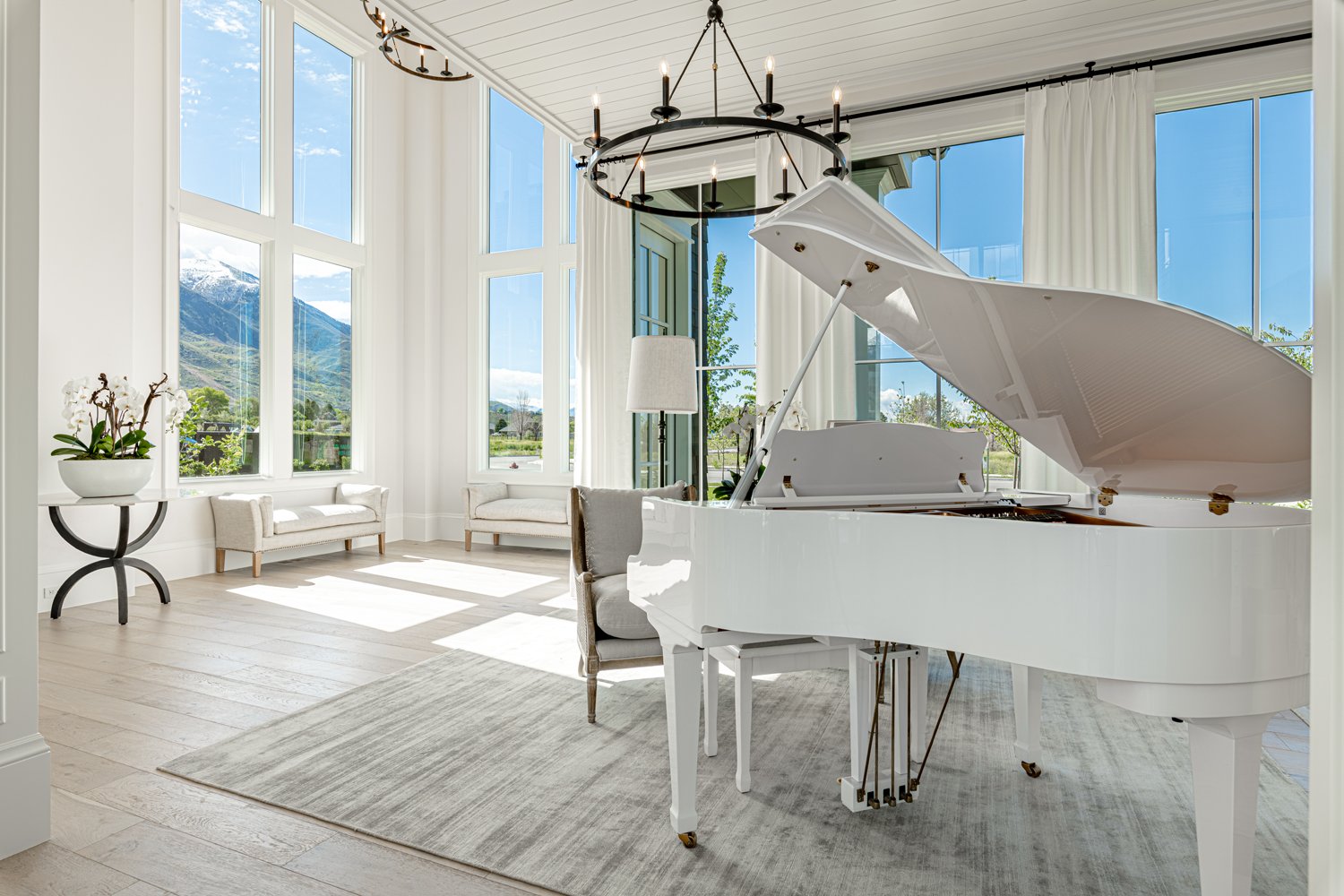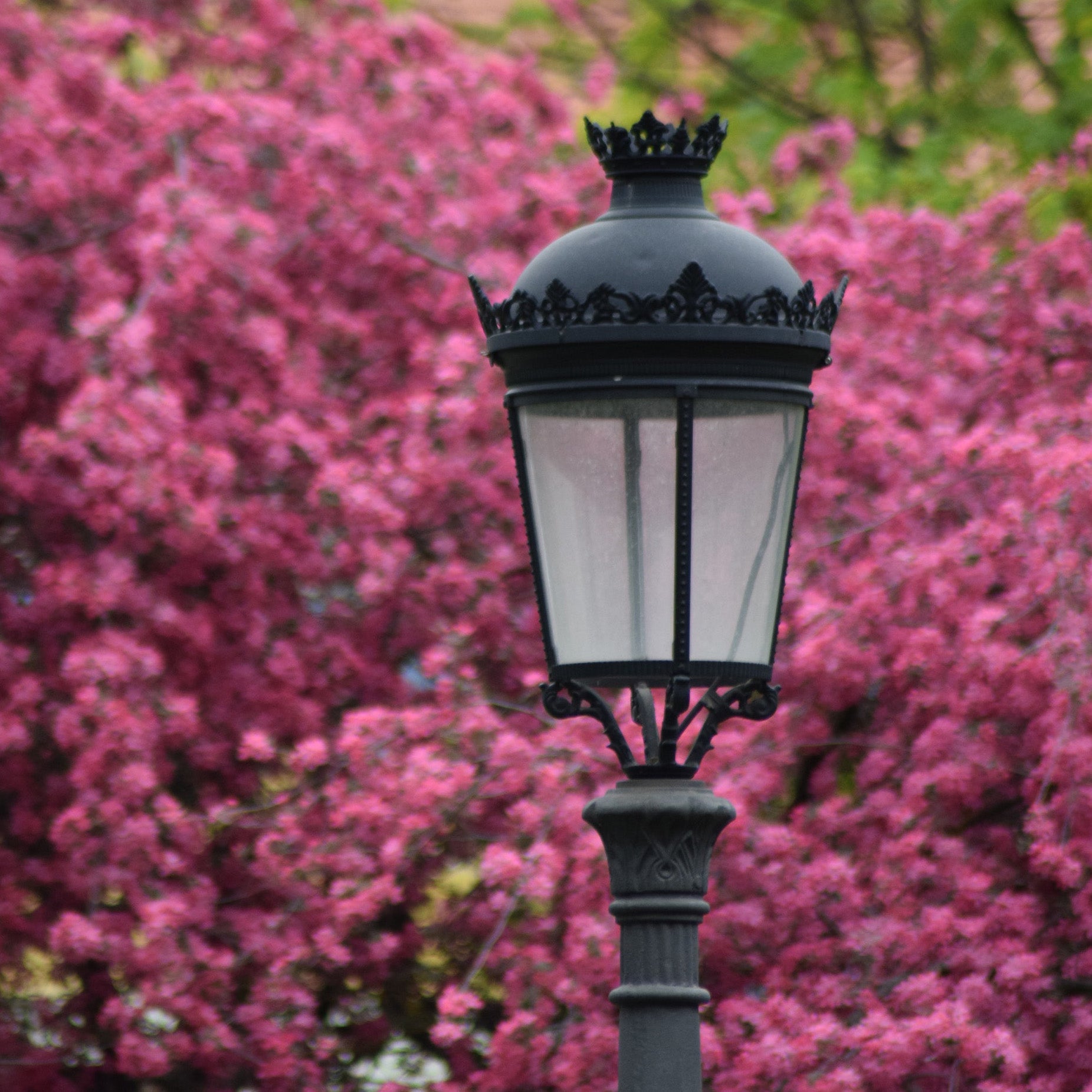Georgian Style Architecture
Introduction:
Georgian architecture originated in the United Kingdom during the reign of the four King Georges from 1714 to 1830. It was a period of significant change, especially in the field of architecture, as a new style emerged that would influence design well into the 19th century. The Georgian era marked a period of prosperity and influence for Britain, which was fast becoming a global superpower. The country was also undergoing an industrial revolution, which brought about numerous technological advancements and changes in society. Georgian architecture reflected the period’s newfound wealth and power, as well as the society’s changing tastes and values. Buildings during this era were mostly constructed from local materials, with architects incorporating traditional materials like brick and stone into their designs. The Georgian style was characterized by clean lines, symmetry, and proportionality. The style was heavily influenced by Classical architecture, with Greek and Roman elements apparent in many of its features.

The Georgian Era and Its Contributions to Architecture:
The Georgian era was one of the most significant periods in British history. It was a period of great social, cultural, and political changes, including the rise of democracy, the growth of industrialization, and the expansion of the British Empire. The reigns of the four King Georges (1714-1830) saw a significant shift in the design and architecture of buildings. The Georgian style of the time was characterized by grand, spacious buildings with a sense of elegance and refinement. The style was heavily influenced by Classical architecture, with Greek and Roman elements apparent in its features. The Georgian era saw a significant increase in the number of buildings constructed from brick, as brickmaking ceased to be a local craft and became mechanized. There was also an increase in the number of buildings constructed from stone, which had become more readily available as a result of technological improvements in quarrying. One of the most eminent architects of the Georgian era was Robert Adam. He was renowned for his dramatic and extravagant designs, and he was responsible for some of the most significant buildings of his time. He was the founder of the Adam Style, which was characterized by a sense of grandeur and extravagance. Another notable Georgian architect was John Nash, who was responsible for several significant buildings, including the Royal Pavilion in Brighton, the Royal Opera House in London, and Buckingham Palace. He was known for his use of Greek and Roman elements in his designs, and his work was characterized by a sense of elegance and grandeur.

Georgian Architecture and Its Features:
Georgian architecture was characterized by straight lines, symmetry, and proportionality. The style was heavily influenced by Classical architecture, with Greek and Roman elements apparent in its features. One of the most prominent features of Georgian architecture was the use of brick, which was used extensively in the construction of buildings at that time. Brick was preferred because it was durable, versatile, and could be easily molded into different shapes. Georgian architecture also made use of stone, which was used to create impressive facades and decorative details such as columns, arches, and pediments. The use of stone during the Georgian era was a reflection of the era's newfound wealth and power, as well as the society's changing tastes and values. Another important element of Georgian architecture was the use of sash windows, which became popular during this era. Sash windows were constructed of two or more movable panels that were placed vertically in the frame. The windows were intended to allow air to circulate while still providing security and privacy. Georgian architecture also featured symmetrical entrances and facades, with the entrance typically being positioned in the center of the building. The entrances were often adorned with pilasters, columns, or pediments to add a sense of grandeur to the building. Georgian buildings were typically two to three stories tall, with a low-pitched roof. The facades of these buildings were often decorated with ornate cornices and pediments. Finally, Georgian architecture made use of elegant and decorative plasterwork, which was used to create intricate patterns and motifs on walls and ceilings. This plasterwork was often painted in a range of pastel colors, which added to the sense of elegance and refinement that was characteristic of the Georgian era. Georgian Architecture in the United Kingdom Georgian architecture was most prominent in the United Kingdom, where it emerged as a result of the country's growing industrialization and prosperity. Georgian architecture had a significant impact on the design and construction of buildings in the United Kingdom, and many of the country's most prominent buildings were constructed during this era.

Notable Examples:
One of the most notable examples of Georgian architecture is Buckingham Palace, which was originally constructed in 1703 as a private residence for the Duke of Buckingham. The palace was extensively renovated in the Georgian era, with John Nash overseeing much of the work in the early 19th century. Another notable example of Georgian architecture is the Royal Pavilion in Brighton, which was constructed between 1787 and 1823. The pavilion was designed by John Nash, and it is characterized by its impressive domes, minarets, and Indian-inspired architecture. Other significant examples of Georgian architecture in the UK include the Royal Opera House in London, which was constructed in 1732, and the Royal Crescent in Bath, which was built between 1767 and 1775. Georgian Architecture in North America Georgian architecture also had a significant impact on the design and construction of buildings in North America, particularly in the United States. Many of the country's most prominent buildings, including the White House and Independence Hall, were constructed during the Georgian era. One of the most prominent examples of Georgian architecture in North America is the Old State House in Boston, which was constructed in 1713. The building is characterized by its red brick exterior, symmetrical windows, and ornate pediments. Another notable example of Georgian architecture in North America is the Tredmond House in Philadelphia, which was constructed in 1770. The house is characterized by its elegant entrance, with a stone arch and decorative pediment.

Conclusion:
Georgian architecture was an important element of the Georgian era, reflecting the period's newfound wealth and power, as well as the society's changing tastes and values. Buildings during this era were mostly constructed from local materials, with architects incorporating traditional materials like brick and stone into their designs. The Georgian style was characterized by clean lines, symmetry, and proportionality. The style was heavily influenced by Classical architecture, with Greek and Roman elements apparent in many of its features. Georgian architecture was most prominent in the United Kingdom, where it emerged as a result of the country's growing industrialization and prosperity. Many of the UK's most prominent buildings were constructed during this era, and Georgian architecture had a significant impact on the design and construction of buildings in North America, particularly in the United States. Georgian architecture continues to influence architectural design today, and many architects continue to incorporate Georgian elements into their designs, reflecting the continued relevance and importance of this style.























Leave a comment